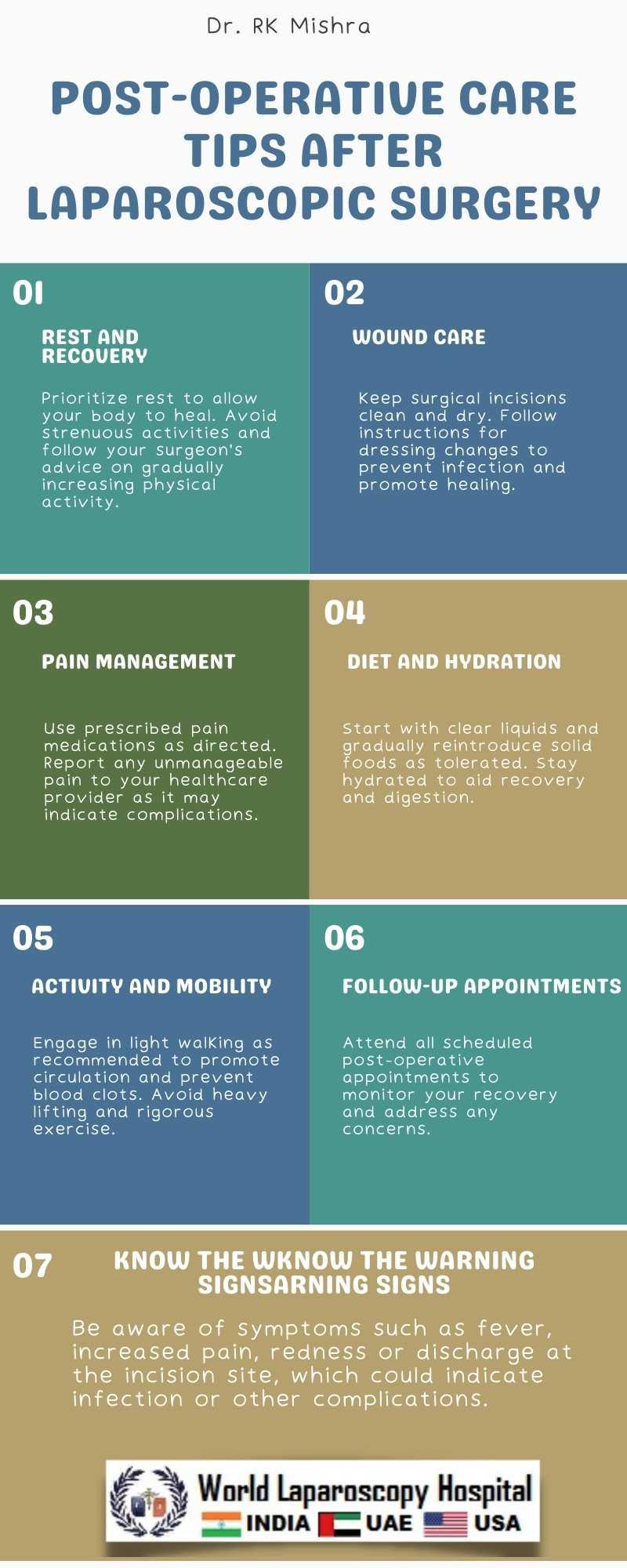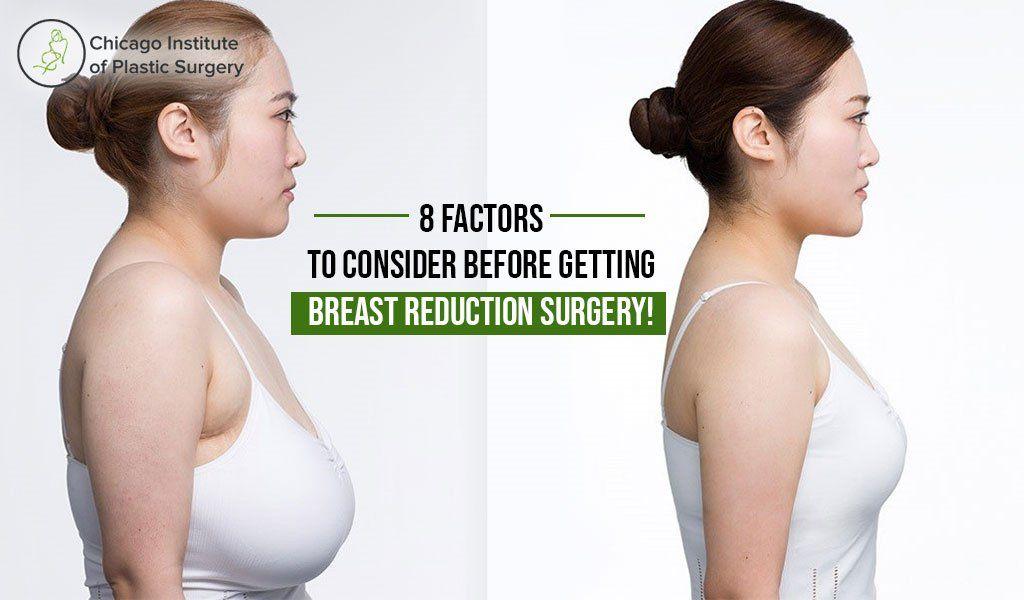Imagine stepping into a world where ease and comfort replace the cumbersome challenges of everyday movement. For countless individuals, this is a dream brought to life through the transformative journey of breast reduction. Yet, embarking on this path is not without its own set of poignant questions and considerations. How do you balance the scales of desire and safety? What risks lurk in the shadows, and which precautions can light your way to a smoother, more confident stride?
Welcome to our detailed exploration of “Navigating Breast Reduction: Balancing Risks with Safety.” In this guide, we’ll unpack everything from preoperative jitters to post-surgical jubilation, all delivered with a friendly nod to the complexities and joys that accompany such a profound decision. Whether you’re on the cusp of your own journey or simply curious about this life-altering procedure, we’re here to ensure you’re informed, empowered, and supported every step of the way. Here’s to embracing a future filled with renewed vitality and unwavering confidence!
Table of Contents
- Understanding the Basics: What Breast Reduction Surgery Entails
- Assessing the Risks: Potential Complications and How to Mitigate Them
- Finding Your Perfect Surgeon: Key Qualities to Look For
- Pre-Operative Precautions: Setting Yourself Up for a Smooth Procedure
- Recovering with Ease: Post-Surgery Tips for a Speedy Recovery
- Q&A
- Insights and Conclusions

Understanding the Basics: What Breast Reduction Surgery Entails
Breast reduction surgery, medically known as reduction mammaplasty, is a procedure aimed at reducing the size and weight of excessively large breasts. This surgery involves the removal of extra breast tissue, fat, and skin, resulting in a smaller and more proportionate breast contour. The primary motivation for many considering this surgery often revolves around achieving a physically comfortable and aesthetically pleasing breast size. For those who experience chronic pain in the back, neck, and shoulders, this surgical intervention can offer substantial relief.
To achieve the best results, the surgery typically involves a combination of liposuction and excision techniques. Surgeons make incisions around the areola and down the breast in a keyhole or anchor pattern. Through these incisions, they remove excess tissue and shape the remaining breast tissue for a natural look. Here’s a quick summary of the techniques:
- Liposuction: Effective for removing fatty tissue.
- Excision: Ideal for addressing glandular tissue and skin.
- Combination: Utilizes both methods for optimal results.
The post-operative phase is as crucial as the surgery itself. Recovery typically spans six weeks, during which patients are advised to avoid strenuous activities. Common initial symptoms can include swelling, bruising, and discomfort. Surgeons often provide a detailed aftercare plan, which may involve wearing a special support bra and taking prescribed pain relievers. Many patients also report a significant boost in self-confidence and overall quality of life following recovery.
Determining whether breast reduction surgery is right for you involves a balance between understanding potential risks and likely benefits. Some risks include scarring, changes in nipple or breast sensation, and potential difficulties with breastfeeding in the future. However, for many, the advantages far outweigh these concerns. Here is a comparative look:
| Potential Risks | Likely Benefits |
|---|---|
| Scarring Changes in sensation |
Pain relief Improved posture |
| Possible breastfeeding issues | Enhanced comfort and mobility |
Assessing the Risks: Potential Complications and How to Mitigate Them
Embarking on the journey of breast reduction involves understanding and managing the possible risks associated with the procedure. While the surgery can significantly enhance the quality of life, it’s crucial to be aware of potential complications and how to minimize them. **Post-surgical complications** like infection, scarring, and changes in nipple or breast sensation are possibilities. However, you can reduce these risks by closely following your surgeon’s pre-operative and post-operative guidelines.
Dedicated **pre-operative planning** is key. Discuss any medication you are taking with your surgeon, as some, like aspirin, may need to be paused to minimize bleeding risks. Make sure to provide a thorough medical history, including any allergies or previous surgeries. Understanding your unique anatomy and health status will aid in tailoring the surgical approach to fit your specific needs.
During the **post-operative phase**, meticulous care is paramount. Your surgeon will provide detailed instructions on how to care for surgical sites, recognizing early signs of complications, and ensuring proper rest for optimal healing. Investing in comfortable recovery garments and adequately managing pain with prescribed medications can vastly improve your recovery experience. By gradually reintroducing physical activities under your doctor’s guidance, you reduce risks of wound dehiscence and other complications.
**Regular follow-up appointments** are essential for monitoring your healing progress and addressing any arising concerns promptly. Open communication with your healthcare provider about any discomfort or unusual symptoms can lead to swift interventions, mitigating complications effectively. Take charge of your healing journey by keeping these recommendations in mind, and you’ll find that the path to recovery is smoother and safer.

Finding Your Perfect Surgeon: Key Qualities to Look For
Selecting the right surgeon for your breast reduction procedure can greatly influence your overall experience and satisfaction. A good starting point is to look for **board certification**. This credential indicates that the surgeon has met rigorous standards in their specialty. You might even want to verify this certification on the appropriate medical board’s website to ensure its validity.
Experience is another pivotal factor. **Years in practice** and the **number of similar procedures performed** can serve as a significant confidence booster. Surgeons with a proven track record in breast reduction will likely have honed their technique, leading to better results and fewer complications. Additionally, don’t hesitate to ask for before-and-after photos of previous patients. This visual evidence can provide insights into their expertise and aesthetic style.
When booking consultations, pay close attention to your interaction with the surgeon. A good candidate should be both **empathetic** and **communicative**. Here’s a quick checklist of qualities to note during your initial meetings:
- Listens attentively to your concerns and goals
- Provides clear, comprehensive answers to your questions
- Generates a sense of trust and comfort
- Exhibits patience and never rushes through explanations
Lastly, don’t overlook the importance of the **surgical facility**. This aspect often gets less attention but is equally critical. The facility should be accredited, offer state-of-the-art equipment, and maintain stringent safety protocols. Here’s a brief comparison of different accreditation bodies you might encounter:
| Accreditation Body | Key Features |
|---|---|
| JCAHO | Rigorous safety standards, frequent inspections |
| AAAHC | Focus on ambulatory care, comprehensive reviews |
| AAAASF | Specializes in outpatient surgery, strict quality controls |

Pre-Operative Precautions: Setting Yourself Up for a Smooth Procedure
Preparing yourself for a breast reduction surgery involves more than just marking your calendar. **Thorough preparation** is key to ensuring a smooth procedure and a speedy recovery. Start by having an open discussion with your surgeon about the specifics of the operation. Understanding the **risks, benefits, and the expected outcome** helps in reducing anxiety and setting realistic expectations. Make sure to ask questions, no matter how small they might seem—knowledge is empowering.
Next, you’ll want to focus on your **health and lifestyle adjustments**. Your surgeon may ask you to stop taking certain medications or supplements that could interfere with anesthesia or increase bleeding. Creating a healthy environment is vital, so if you smoke, now is the critical time to stop. Plan a healthy diet rich in vitamins and minerals to aid in the healing process. Here’s a quick guide to what you may need to tweak:
- Stop Smoking: At least 6 weeks before the surgery.
- Avoid Certain Medications: Discontinue aspirin, anti-inflammatory drugs, and herbal supplements as advised.
- Balanced Diet: Increase intake of fruits, vegetables, and lean proteins.
- Stay Active: Engage in light exercises like walking to boost your fitness level.
Ensuring you have the **right support system** in place is equally important. Arrange for a family member or a friend to assist you during the initial recovery days. Stock up on supplies that you’ll need post-surgery—this includes comfortable clothing, prescribed medications, and easy-to-prepare meals. setting up a restful recovery space at home with sufficient pillows, a recliner, and entertainment options will make the healing period less taxing and more comfortable.

Recovering with Ease: Post-Surgery Tips for a Speedy Recovery
After a breast reduction surgery, the road to recovery can feel challenging, but with the right strategies, you can navigate it with grace. One of the most critical aspects to focus on is **managing your pain and discomfort**. Ensure you take your prescribed medications as directed by your surgeon. Utilize cold packs to minimize swelling and wear supportive bras to aid healing. Remember, rest is your best ally—allocate ample time for it and avoid strenuous activities.
**Nutrition** is another pillar for a smooth recovery. Eating a balanced diet can significantly speed up the healing process. Focus on incorporating foods rich in vitamins and minerals. Your diet should prioritize:
- **Proteins:** Lean meats, beans, and nuts.
- **Vitamins and Minerals:** Leafy greens, berries, and citrus fruits.
- **Hydration:** Plenty of water to stay well-hydrated.
Avoid foods high in sugar and processed ingredients, as they can impede your recovery.
Monitoring your progress post-surgery is essential. Keeping a recovery journal helps track your symptoms, medications, and milestones. Regular follow-ups with your surgeon ensure you’re on the right path. Often, people find it helpful to **set small, achievable goals** to maintain a positive outlook. Here’s a simple table to guide your weekly recovery milestones:
| Week | Goal |
|---|---|
| 1 | Rest and pain management. |
| 2 | Begin light walking. |
| 3-4 | Gradually resume normal activities. |
Lastly, surround yourself with a **supportive community**. Family and friends can provide emotional and practical assistance. Don’t hesitate to ask for help with daily tasks. Online forums and support groups for individuals who have undergone similar surgeries can provide helpful tips and a sense of solidarity. Self-care is paramount; indulge in activities that bring you joy and relaxation, ensuring a holistic approach to your recovery.
Q&A
Q&A: Navigating Breast Reduction: Balancing Risks with Safety
Q1: What are the main reasons someone might consider a breast reduction?
A1: Oh, the reasons are as diverse as the individuals themselves! For some, it’s all about feeling lighter and reducing physical discomfort like back or neck pain. Others are eager to find clothes that fit better or to engage in physical activities with more freedom. And let’s not forget the confidence boost and emotional relief that can come from feeling like your body is more in proportion.
Q2: What should I consider when choosing a surgeon?
A2: Think of it like a matchmaking process! You want a board-certified plastic surgeon who specializes in breast reductions. Look for someone with a robust portfolio, glowing testimonials, and preferably, a strong rapport when you meet. Don’t shy away from asking about their experience, success rates, and how they will tailor the procedure to your unique needs.
Q3: What are the top risks associated with breast reduction surgery?
A3: Like any surgical procedure, breast reduction comes with a few risks. These can include scarring, changes in nipple or breast sensation, asymmetry, and even potential issues with breastfeeding down the line. However, by choosing a well-qualified surgeon and following pre- and post-operative care instructions religiously, you can minimize these risks significantly.
Q4: How can one best prepare for the surgery?
A4: Preparation is key, honey! Start by having a thorough consultation with your surgeon, and don’t hold back on your questions. Get all your medical evaluations done and tweak any medications you’re on if needed. Build up a little home recovery haven with comfy clothes, pain relievers, and maybe a few good books or movies. And rally your support system—friends or family who can help you out in the days following the surgery.
Q5: What does the recovery process look like?
A5: Picture this: a ride on the healing train! Initially, you’ll need some downtime to rest, with swelling and bruising being your uninvited guests for a week or so. Gradually, like a phoenix, you’ll start feeling more human again, but it’s essential to avoid heavy lifting or vigorous activity until your doctor gives you the all-clear. Regular check-ins with your surgeon will ensure everything is on track.
Q6: Are there long-term effects I should be aware of?
A6: Sure thing! Some changes are permanent, like the scars. However, with time and proper care, they’ll fade to fine lines. Sensory changes in your breasts or nipples can linger or even become permanent, although it’s rare. And if you ever plan on having children, discuss potential impacts on breastfeeding with your surgeon. It’s all part of making an informed, empowered decision.
Q7: How can I ensure my safety throughout the process?
A7: Safety comes through a magical mix of diligence and synergy between you and your surgeon. Stick to all pre-op and post-op guidelines like glue, and report any unusual symptoms immediately. Follow-ups aren’t just friendly chats; they’re essential health checks. And remember, your body’s intuition is powerful—if something feels off, don’t hesitate to reach out.
Q8: Is there support available post-surgery?
A8: Absolutely—think of it as the cherry on top of your recovery sundae! Many communities have support groups, both online and offline, where you can swap stories and tips. Your medical team is also there to help you navigate any bumps in the road. Emotional support from friends, family, or a counselor can be invaluable during this time.
So there you have it! Navigating breast reduction is all about balancing the scales of risk and safety, with a sprinkle of preparation and a dash of support. Here’s to informed decisions and empowered choices! 🌟
Insights and Conclusions
As we wrap up our exploration of breast reduction surgery, let’s pause and reflect on the journey ahead. Navigating this path is much like setting sail on uncharted waters, where knowledge acts as your lighthouse, guiding you through the waves of decision-making and the breeze of uncertainty. Remember, while the risks are real, so are the rewards. Balancing your hopes with a solid understanding of safety measures isn’t just a step towards change—it’s a leap towards empowerment and a future where you feel lighter, both physically and mentally.
So, as you stand at the helm of your own health voyage, keep this in mind: you’re not alone. With the support of skilled professionals, the comfort of informed choices, and the courage that already resides within you, you’re well-equipped to chart a course towards a more comfortable and confident you.
Safe travels, dear reader. The horizon is bright, and the journey is yours. Anchors aweigh! 🚢✨






